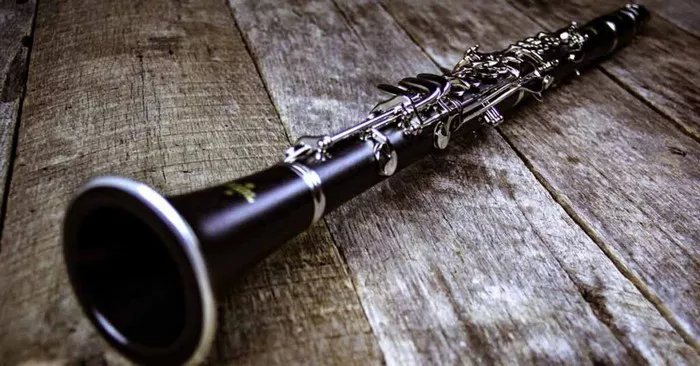Playing the clarinet requires a combination of technique, breath control, and musicality. One fundamental note that every clarinetist must master is the A. In this article, we will explore the various aspects of playing an A on the clarinet, breaking down the process into key elements to help you achieve a crisp and resonant sound.
Proper Clarinet Assembly
Before diving into playing the A, it’s essential to ensure your clarinet is properly assembled. Start by connecting the upper and lower joints securely, making sure the bridge key aligns correctly. Attach the barrel to the upper joint, ensuring a snug fit. Finally, connect the bell to the lower joint. Proper assembly sets the foundation for achieving the desired tone quality when playing any note, including the A.
Embouchure and Mouthpiece Placement
Developing a solid embouchure is crucial for producing a clear and resonant sound on the clarinet. Begin by placing your lower lip against the bottom teeth and curling the upper lip over the top teeth. Ensure that the corners of your mouth are firm but not tense. Position the mouthpiece on the cork with a slight upward angle and ensure a snug fit.
Experiment with your embouchure to find the balance between firmness and flexibility that allows you to produce a rich and focused sound on the A. Consistency in your embouchure will contribute significantly to the clarity and stability of the note.
Breath Control and Support
Achieving a strong and sustained A requires proper breath control and support. Take a deep breath, filling your lungs completely before initiating the note. Focus on using your diaphragm to control the airflow. Avoid shallow breathing from the chest, as it can lead to a weak and airy sound.
Maintain steady breath support throughout the duration of the note. Practice long tones, starting with whole notes and gradually increasing the duration. This exercise helps build the necessary stamina and control needed to sustain a resonant A and other notes on the clarinet.
Finger Positioning and Technique
Accurate finger positioning is vital for playing any note on the clarinet, including the A. Begin by ensuring that your fingers are relaxed and close to the keys. Lift each finger independently and drop it onto the key, aiming for a light and controlled touch. Practice scales and simple melodies to refine your finger technique and develop muscle memory.
For the A, use the index, middle, and ring fingers of your left hand to cover the tone holes on the upper joint. Keep your right hand relaxed, with your thumb supporting the back of the clarinet. Focus on smooth transitions between notes to create a seamless and connected sound.
Articulation and Tonguing
Articulation plays a crucial role in shaping the character of the A and other clarinet notes. Experiment with different tongue placements and articulation techniques to find the one that produces the desired effect. Practice legato, staccato, and various tonguing exercises to enhance your control and precision.
When tonguing the A, aim for a clean and defined attack without excessive force. Pay attention to the articulation at the beginning of the note, ensuring it aligns with the intended musical expression. Practicing articulation in isolation and incorporating it into your overall playing will contribute to a polished and expressive performance.
Dynamic Expression and Tone Variations
To truly master playing an A on the clarinet, explore dynamic expression and tone variations. Experiment with different dynamics, ranging from pianissimo to fortissimo, to understand the full range of the instrument. Focus on creating a warm and resonant tone, adjusting your embouchure and breath support to achieve the desired sound quality.
Practice playing the A in various musical contexts, such as scales, arpeggios, and melodies, to develop versatility and adaptability. Pay attention to the subtle nuances of each passage, emphasizing phrasing and musicality.
See Also: 10 Steps to Playing All the Notes on the Clarinet
Conclusion
Mastering the art of playing an A on the clarinet requires a combination of proper assembly, embouchure development, breath control, finger technique, articulation, and dynamic expression. By focusing on each of these elements and incorporating them into your regular practice routine, you can achieve a crisp, resonant, and expressive sound on the A and enhance your overall clarinet playing skills. Remember that patience, consistency, and attention to detail are key to becoming a proficient clarinetist.


